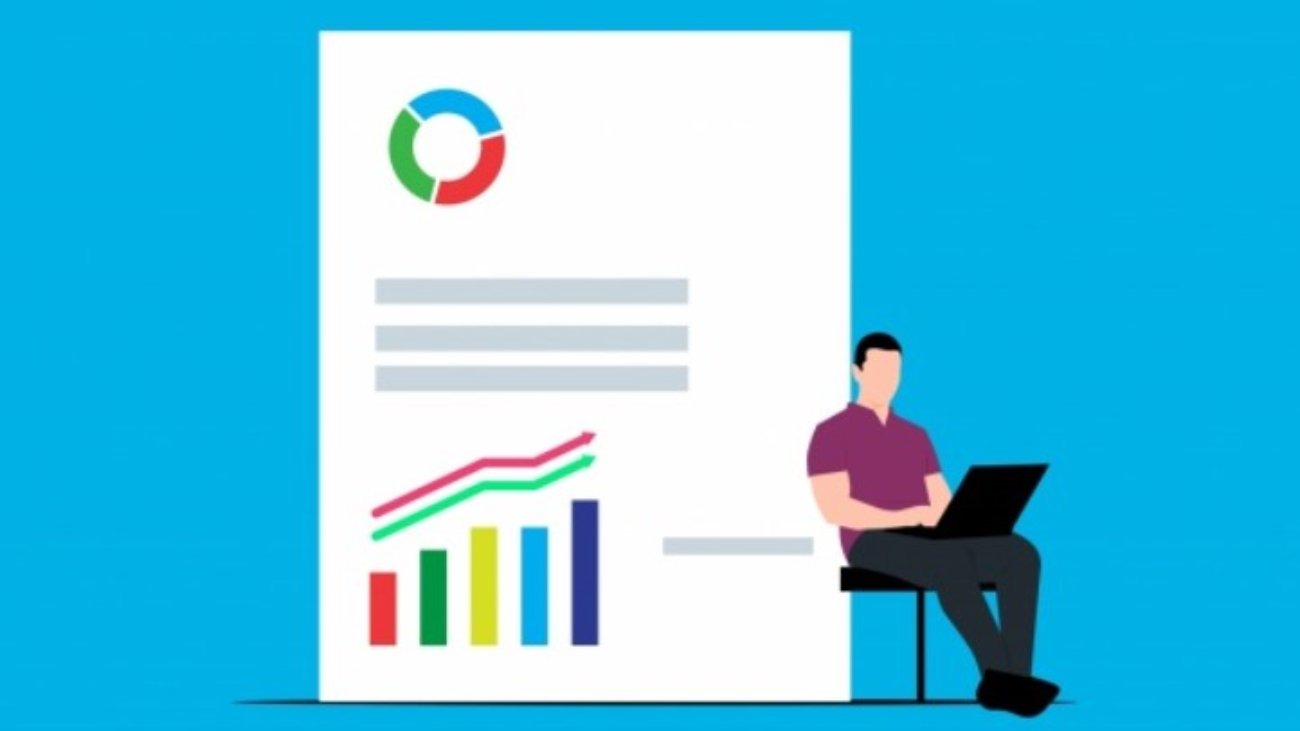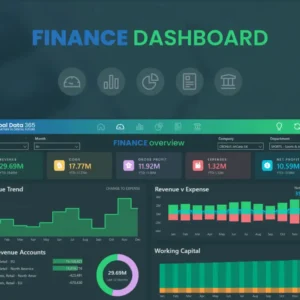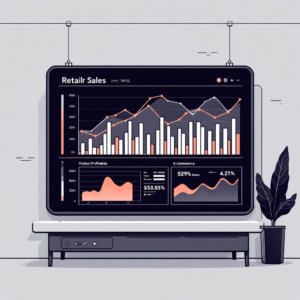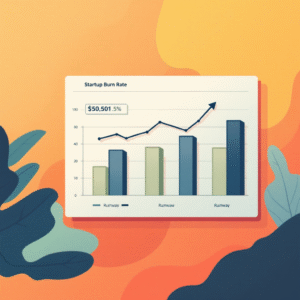In today’s data-driven business landscape, the ability to make informed decisions quickly and efficiently is paramount. Businesses rely on real-time data insights to stay competitive, and tools like Microsoft’s Power BI have become essential for delivering powerful analytics and visualizations. Microsoft Power BI stands out in the realm of business intelligence (BI) tools, offering a flexible and scalable solution that can meet the needs of small organizations as well as large enterprises.
While the standard Power BI Pro license meets the needs of many organizations, enterprises or those with complex BI needs often turn to Power BI Premium. However, with Power BI Premium comes a different pricing model that can be complex. In this guide, we’ll dive deep into Power BI Premium capacity pricing, its structure, and the decision-making process that helps businesses determine whether Power BI Premium is the right fit for them.
Understanding Power BI Premium
Before getting into the nuances of pricing, it’s crucial to understand what Power BI Premium offers compared to Power BI Pro. Power BI Premium is an advanced version that provides dedicated cloud computing and storage resources to organizations. It’s tailored for businesses with large data volumes, complex reporting needs, and a requirement for more consistent performance across their BI processes.
Key Features of Power BI Premium
- Dedicated Capacity: Power BI Premium provides your organization with reserved computing power and storage, ensuring a high level of performance that isn’t shared with other users.
- Unlimited Distribution: One of the most attractive aspects of Power BI Premium is that it allows unlimited distribution of reports, enabling users without individual licenses to access the reports.
- Larger Data Models: Premium allows you to work with datasets as large as 400 GB, compared to Power BI Pro’s 1 GB limit, making it a better choice for organizations handling large volumes of data.
- Advanced AI Capabilities: Premium unlocks advanced features such as automated machine learning and AI-driven insights, empowering organizations to extract deeper insights from their data.
- Paginated Reports: Users can create and distribute pixel-perfect paginated reports, which are essential for tasks such as printing or producing highly formatted reports.
- On-Premises Reporting with Power BI Report Server: Premium subscribers can leverage Power BI Report Server, enabling them to host reports on their infrastructure instead of relying entirely on the cloud.
Power BI Premium Capacity Models
Power BI Premium offers two primary capacity models, each serving a distinct purpose depending on the organization’s needs:
- Premium Per User (PPU)
- Premium Per Capacity (P SKUs)
Each model has its pricing structure and feature set, which we will explore in more detail.
Premium Per User (PPU)
The Premium Per User model was introduced relatively recently and provides a more accessible entry point to Power BI Premium features. It offers many of the advanced capabilities that come with Premium, but it’s licensed on a per-user basis rather than a per-capacity basis.
Key Aspects of Premium Per User (PPU):
- Licensed Per User: Each individual user that needs access to Premium features requires their own PPU license.
- Cost-Effective for Smaller Teams: PPU is ideal for smaller teams or organizations looking to access Premium capabilities without the full commitment of purchasing an entire capacity.
- No Minimum Purchase Requirement: There’s no requirement to buy capacity nodes; instead, organizations can license individual users.
For organizations with only a few power users who need access to advanced BI features, PPU offers a great middle ground between Power BI Pro and full Premium capacity.
Premium Per Capacity (P SKUs)
Premium Per Capacity is the traditional Power BI Premium model. In this model, organizations purchase a dedicated set of resources (also referred to as capacity nodes) for their entire BI environment.
Key Aspects of Premium Per Capacity (P SKUs):
- Dedicated Resources: When you purchase Premium capacity, you buy dedicated computing power and storage, which isn’t shared with other organizations.
- Unlimited Report Distribution: A significant benefit of Premium Per Capacity is the ability to share reports with an unlimited number of users, without requiring individual user licenses.
- Variety of Capacity Sizes (P SKUs): Power BI Premium offers different capacity sizes, called P SKUs (Stock Keeping Units), each providing varying levels of performance. These range from P1 (suitable for smaller teams) to P5 (for very large organizations).
This model is ideal for organizations with a large number of users or those needing to work with big datasets and complex reports. The investment in dedicated capacity ensures reliable performance, even as data demands grow.
Power BI Premium Capacity Pricing Breakdown
Pricing for Power BI Premium can be complex, as it varies depending on whether you opt for the Premium Per User (PPU) or Premium Per Capacity (P SKU) model. Each model has its cost structure, which is designed to meet different organizational needs.
Premium Per User (PPU) Pricing
As of 2024, the Premium Per User model is priced at $20 per user per month. However, it’s important to note that this cost is in addition to the Power BI Pro license, which is required for all Power BI users. The Power BI Pro license costs $10 per user per month, making the total cost per user:
- $20 (PPU) + $10 (Pro) = $30 per user per month
This pricing may seem steep when compared to Power BI Pro’s standalone cost, but it’s important to consider the additional value that Premium Per User offers. For power users who need to work with large datasets or require access to advanced BI capabilities, the additional cost can be easily justified.
Premium Per Capacity (P SKUs) Pricing
The pricing for Premium Per Capacity is based on the size of the capacity node you choose, with larger nodes offering more computing power and storage. As of 2024, the pricing for Premium Per Capacity nodes is as follows:
- P1: $4,995 per month
- P2: $9,995 per month
- P3: $19,995 per month
- P4: $39,995 per month
- P5: $59,995 per month
Each tier offers increasing levels of computing power and memory. For example:
- P1: 8 v-cores, 25 GB of RAM, 100 GB of storage
- P3: 32 v-cores, 100 GB of RAM, 400 GB of storage
It’s crucial to assess your organization’s needs carefully to select the correct capacity. Over-provisioning can result in wasted resources, while under-provisioning could lead to performance bottlenecks.
Factors Influencing Power BI Premium Capacity Pricing
Several factors can influence the overall cost of Power BI Premium for your organization. It’s important to consider these factors carefully before making a decision, as they can impact both the direct cost and the ROI of your Power BI investment.
- Number of Users
For organizations choosing the Premium Per User model, this is straightforward: the more users that require Premium features, the higher your monthly costs will be. On the other hand, if your organization opts for Premium Per Capacity, the number of users doesn’t affect your base cost, as capacity pricing is based on the resources allocated rather than the number of users.
However, if your user base grows and you require more resources to maintain performance, you may need to move to a higher P SKU, which will increase costs.
- Data Volume and Complexity
The size and complexity of your datasets will significantly influence the level of capacity you need. Larger datasets require more memory, while more complex reports (such as those using advanced AI capabilities) require more processing power.
For organizations with smaller or simpler datasets, a P1 or P2 SKU may suffice. However, businesses with vast amounts of data or real-time reporting requirements may need to invest in a higher-tier P SKU.
- Frequency of Data Updates
If your business requires real-time or near-real-time data updates, you’ll need a higher level of computing power. This is because more frequent data refreshes place additional strain on the system, requiring more resources to ensure reports are generated quickly and accurately.
- Geographic Distribution
For organizations with global operations, geographic distribution is an important consideration. If your users are spread across multiple regions, you may need to purchase capacity in each region to ensure optimal performance. This can significantly increase the overall cost of Power BI Premium, especially if you require high-tier capacity in multiple regions.
- Feature Requirements
Some advanced features of Power BI Premium, such as larger model sizes, higher data refresh rates, or specific AI capabilities, are only available in the higher P SKU tiers. If your organization requires these advanced features, it’s essential to factor this into your capacity planning.
Pro vs. Premium: Making the Right Choice
One of the most challenging decisions organizations face when adopting Power BI is determining whether Power BI Pro, Premium Per User, or Premium Per Capacity is the right fit for them. Each option has its benefits and limitations, and the right choice depends on your specific business needs.
Choose Power BI Pro if:
- You have a small to medium-sized organization with straightforward reporting needs.
- Your data models are relatively small (under 1 GB).
- You don’t need the advanced features of Premium, such as paginated reports or AI capabilities.
- Budget is a significant concern.
Consider Premium Per User (PPU) if:
- You have a smaller team of power users who need access to Premium features.
- You want to experiment with Premium features before committing to full capacity.
- Your organization is growing, but not yet at the scale that requires full Premium capacity.
Opt for Premium Per Capacity (P SKUs) if:
- You have a large organization with many report consumers.
- Your data models are large, often exceeding 10 GB.
- You need to distribute reports to a wide audience without requiring individual user licenses.
- You require high levels of performance and scalability for complex BI tasks.
Maximizing ROI on Power BI Premium Capacity
Power BI Premium represents a significant investment, especially for larger organizations. However, it also offers the potential for substantial returns by improving data-driven decision-making and increasing operational efficiency. Here are some strategies to help maximize the return on your Power BI Premium investment:
- Start with a Pilot Program
For organizations unsure about committing to full Premium capacity, starting with Premium Per User for a small group of power users can be an effective way to test the waters. This allows you to evaluate the benefits of Premium features without making a large initial investment. Based on the pilot results, you can then decide whether to expand to full capacity.
- Optimize Data Models
Efficient data modeling is key to minimizing the resources required for Power BI Premium. By optimizing your data models, you can reduce the strain on your capacity and potentially get by with a lower-tier (and less expensive) SKU. This involves techniques such as reducing the size of your datasets, minimizing the use of calculated columns, and using measures instead.
- Implement a Governance Strategy
A well-defined governance strategy is essential for ensuring that Power BI Premium resources are used effectively. Without proper governance, there’s a risk of report sprawl, where too many reports are created without a clear purpose, leading to wasted resources. Establish clear guidelines for report creation, sharing, and maintenance to keep your BI environment organized and efficient.
- Monitor Usage and Performance
Power BI Premium includes a Premium capacity metrics app that allows you to track how your resources are being used. By regularly monitoring this data, you can identify areas where resources are being wasted or underutilized. This information can also help you determine if it’s time to upgrade or downgrade your capacity.
- Leverage Premium-Only Features
One of the key benefits of Power BI Premium is access to exclusive features, such as paginated reports, dataflows, and AI capabilities. To maximize your ROI, ensure that your team is taking full advantage of these features to drive better decision-making and extract deeper insights from your data.
- Train Your Team
Investing in Power BI Premium is only the first step. To fully realize the benefits, your BI team needs to be well-versed in the platform’s features and best practices. Consider providing training to help your team optimize report creation, data modeling, and use of Premium-specific features.
Power BI Premium vs. Competitors
When considering an investment in Power BI Premium, it’s also important to compare the offering against other business intelligence tools on the market. Competitors such as Tableau, Qlik, and Google Data Studio also offer advanced analytics and reporting capabilities. However, Power BI Premium’s seamless integration with the Microsoft ecosystem, including Azure and Office 365, often gives it an edge for organizations already invested in Microsoft products.
Comparison with Tableau
Tableau is another leading BI tool known for its robust visualization capabilities. While Tableau offers a similar range of features to Power BI, its pricing model differs. Tableau’s enterprise pricing is based on a combination of per-user licenses and additional server or cloud-based options. For large organizations, the pricing can be comparable to Power BI Premium, but for smaller teams, Power BI’s Premium Per User model might offer a more cost-effective solution.
Comparison with Qlik
Qlik offers a more flexible data analytics platform with a strong focus on associative data models. While Qlik’s pricing is also comparable to Power BI Premium at the enterprise level, organizations that are already using Microsoft products may find it more efficient to adopt Power BI due to its native integration with Azure, Office 365, and other Microsoft services.
Comparison with Google Data Studio
Google Data Studio is a free tool that offers basic BI features, making it a popular choice for smaller organizations or those with limited budgets. However, for enterprises with more complex data needs or a requirement for advanced features such as AI-driven insights and large dataset management, Power BI Premium offers a more robust solution.
Future of Power BI Premium Capacity Pricing
As with any technology, Power BI and its pricing model are likely to evolve in the coming years. Several trends are already emerging that could shape the future of Power BI Premium:
- More Granular Pricing Tiers
Currently, there is a significant gap in pricing between P1 and P2 nodes, and between higher-tier nodes as well. As organizations increasingly adopt Power BI Premium, Microsoft may introduce more granular pricing tiers to accommodate the needs of growing businesses.
- Enhanced PPU Offerings
As Premium Per User is still a relatively new offering, it’s likely that Microsoft will continue to refine and expand its capabilities. This could include new features or pricing options to make it even more accessible for small and medium-sized organizations.
- Integration with Other Microsoft Services
Microsoft has been steadily increasing the integration of Power BI with Azure and other cloud-based services. We may see more pricing bundles or discounts for organizations that heavily invest in the Microsoft ecosystem, further enhancing the value proposition of Power BI Premium.
- AI-Driven Pricing
As AI becomes more prevalent in business intelligence, we may see pricing models that are based on actual usage patterns rather than fixed capacities. This could allow organizations to scale up or down dynamically based on their real-time needs, potentially reducing costs for companies with fluctuating data demands.
- Sustainability-Linked Pricing
With increasing emphasis on sustainability and environmental responsibility, Microsoft may introduce pricing incentives for organizations that prioritize energy efficiency and sustainable practices in their BI operations. This could include rewards for optimizing capacity usage or leveraging green data centers.
Conclusion: Making an Informed Decision
Power BI Premium capacity pricing represents a significant investment for many organizations, but for those with advanced BI needs, it can deliver substantial value. By carefully assessing your organization’s current and future requirements, you can determine the most cost-effective approach to adopting Power BI Premium.
Whether you choose to start small with Premium Per User or dive into full Premium Per Capacity, the key is to align your BI strategy with your broader business objectives. Power BI Premium isn’t just about having more powerful tools; it’s about using data to drive better decision-making, optimize performance, and gain a competitive edge in today’s fast-paced business environment.
As you consider your options, take the time to thoroughly evaluate your current BI needs and engage with Microsoft or a certified partner to get personalized advice. By making an informed decision, you can ensure that your investment in Power BI Premium pays off in the long term.
Thoughtful Question for Users
How has your organization approached the decision between Power BI Pro and Premium options? What factors were most influential in your choice, and what benefits or challenges have you experienced as a result? Share your experiences and insights in the comments below to help others in their decision-making process.







